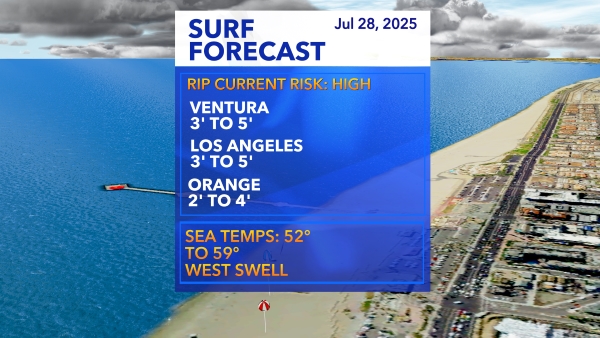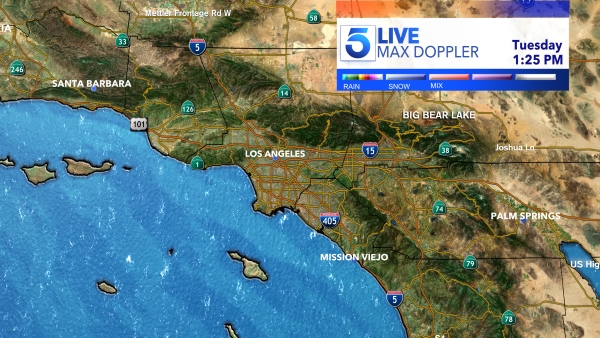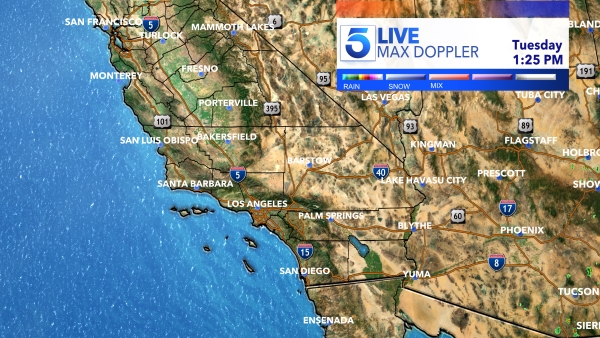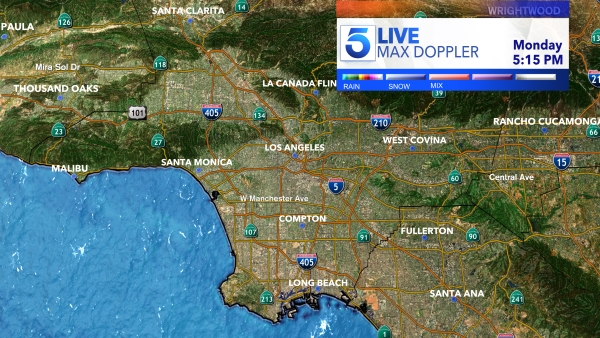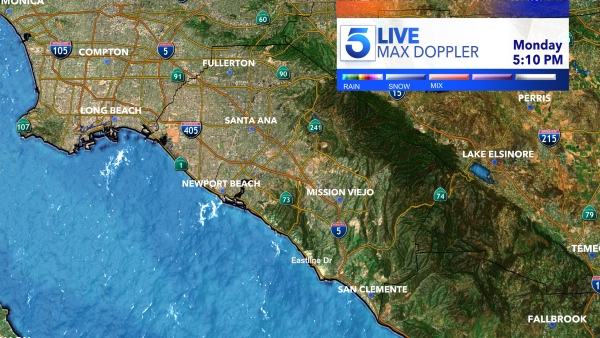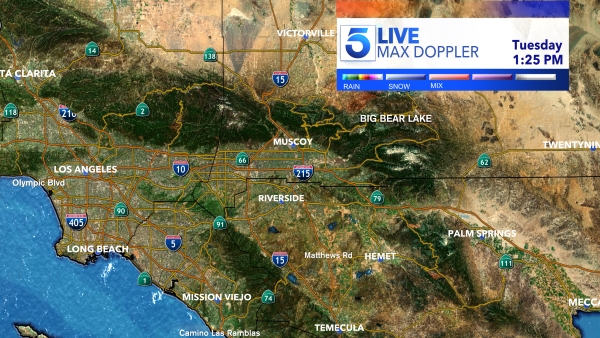In the largest U.S. evacuation of the pandemic, more than half a million people were ordered to flee the Gulf Coast on Tuesday as Laura strengthened into a hurricane that forecasters said could slam Texas and Louisiana with ferocious winds, heavy flooding and the power to push seawater miles inland.
More than 385,000 residents were told to flee the Texas cities of Beaumont, Galveston and Port Arthur, and another 200,000 were ordered to leave low-lying Calcasieu Parish in southwestern Louisiana, where forecasters said as much as 13 feet (4 meters) of storm surge topped by waves could submerge whole communities.
Forecasters Tuesday night expected the storm to increase in strength by 33%, from 90 mph (144 kmh) to 120 mph (193 kmh) in just 24 hours. They project Laura to strike the coast as a major Category 3 hurricane. The strengthening may slow or stop just before landfall, forecasters said.
“The waters are warm enough everywhere there to support a major hurricane, Category 3 or even higher. The waters are very warm where the storm is now and will be for the entire path up until the Gulf Coast,” National Hurricane Center Deputy Director Ed Rappaport said.
Louisiana Gov. John Bel Edwards said Laura is shaping up to look a lot like Hurricane Rita did 15 years ago when it ravaged southwest Louisiana.
“We’re going to have significant flooding in places that don’t normally see it,” he said.
Ocean water was expected to push onto land along more than 450 miles (724 kilometers) of coast from Texas to Mississippi. Hurricane warnings were issued from San Luis Pass, Texas, to Intracoastal City, Louisiana, and storm surge warnings from the Port Arthur, Texas, flood protection system to the mouth of the Mississippi River.
The evacuations could get even bigger if the storm’s track veers to the east or west, said Craig Fugate, the former head of the Federal Emergency Management Agency.
Fearing that people would not evacuate in time, Edwards said those in southwest Louisiana need to be where they intend to ride out Laura by noon Wednesday, when the state will start feeling the storm’s effects.
Officials urged people to stay with relatives or in hotel rooms to avoid spreading the virus that causes COVID-19. Buses were stocked with protective equipment and disinfectant, and they would carry fewer passengers to keep people apart, Texas officials said.
Whitney Frazier, 29, of Beaumont spent Tuesday morning trying to get transportation to a high school where she could board a bus to leave the area.
“Especially with everything with COVID going on already on top of a mandatory evacuation, it’s very stressful,” Frazier said.
The storm also imperiled a center of the U.S. energy industry. The government said 84% of Gulf oil production and an estimated 61% of natural gas production were shut down. Nearly 300 platforms have been evacuated.
While oil prices often spike before a major storm as production slows, consumers are unlikely to see big price changes because the pandemic decimated demand for fuel.
As of Tuesday evening, Laura was 435 miles (700 kilometers) southeast of Lake Charles, Louisiana, traveling west-northwest at 17 mph (28 kmh). Its peak winds were 85 mph (140 kph).
Laura passed Cuba after killing nearly two dozen people on the island of Hispaniola, including 20 in Haiti and three in the Dominican Republic, where it knocked out power and caused intense flooding. The deaths reportedly included a 10-year-old girl whose home was hit by a tree and a mother and young son crushed by a collapsing wall.
As much as 15 inches (38 centimeters) of rain could fall in some parts of Louisiana, said Donald Jones, a National Weather Service meteorologist in Lake Charles, Louisiana.
At Grand Isle, Louisiana, Nicole Fantiny said she planned to ride out the hurricane on the barrier island along with a few dozen other people.
“It could still change, but we keep on hoping and praying that it keeps on going further west like it’s doing,” said Fantiny, who manages a restaurant.
In Galveston and Port Arthur, Texas, mandatory evacuation orders went into effect shortly before daybreak Tuesday. “If you decide to stay, you’re staying on your own,” Port Arthur Mayor Thurman Bartie said.
Shelters opened with cots set farther apart to curb coronavirus infections. People planning to enter shelters were told to bring just one bag of personal belongings each, and a mask to reduce the spread of coronavirus.
“Hopefully it’s not that threatening to people, to lives, because people are hesitant to go anywhere due to COVID,” Robert Duffy said as he placed sandbags around his home in Morgan City, Louisiana. “Nobody wants to sleep on a gym floor with 200 other people. It’s kind of hard to do social distancing.”
Officials in Houston asked residents to prepare supplies in case they lose power for a few days or need to evacuate homes along the coast. Some in the area are still recovering from Hurricane Harvey three years ago.
Laura’s arrival comes just days before the Aug. 29 anniversary of Hurricane Katrina, which breached the levees in New Orleans, flattened much of the Mississippi coast and killed as many as 1,800 people in 2005. Less than a month later, Hurricane Rita struck southwest Louisiana as a Category 3 storm.
Laura wasn’t much of a concern for Kerry Joe Richard of Stephensville, Louisiana. As the storm approached, he was angling for catfish from a small dock overlooking the bayou that’s behind his elevated wood-frame home.
“The only thing I’m worried about is if the fish quit biting,” he said.
